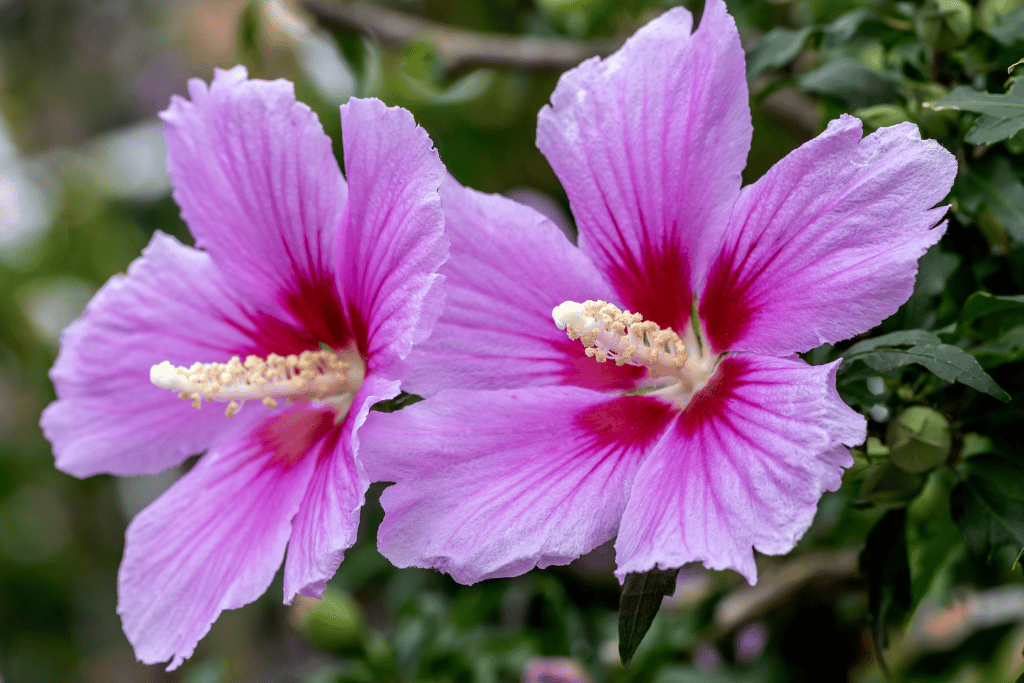
Hydroponics is a revolutionary and streamlined way to grow plants without soil, relying instead on nutrient-packed solutions. It surpasses traditional growing techniques when it comes to producing vibrant blooms, offering numerous benefits that make cultivating your own garden easier than ever before.
Hydroponic plants provide gardeners with excellent command over their growing environment, such as temperature, humidity and nutrient levels. This control allows for faster growth rates, higher yields and healthier crops – no matter your level of experience!
In this article, I will share the top-performing hydroponic flowering plants, introduce various hydroponic systems suitable for your garden, and give helpful advice on how to make the most of your hydroponic setup.
So, are you prepared to uplift your gardening game and create some stunning blooms with hydroponics? Let’s begin!
Types of Hydroponic Systems For Flowering Plants
For those looking to cultivate beautiful, flourishing plants that are brimming with health, hydroponic systems provide an ideal choice. Unlike the customary soil-based approach of gardening and farming, hydroponics entails growing plants in a nutrient-filled water solution rather than soil.
When it comes to selecting the most suitable hydroponic system for your flowering plants, there are an array of possibilities. And depending on what is needed and how much space you have available, one may be perfect for you! Here is a list of some highly popular hydroponic systems that provide optimal conditions for flowering plants:
1. Deep Water Culture (DWC):
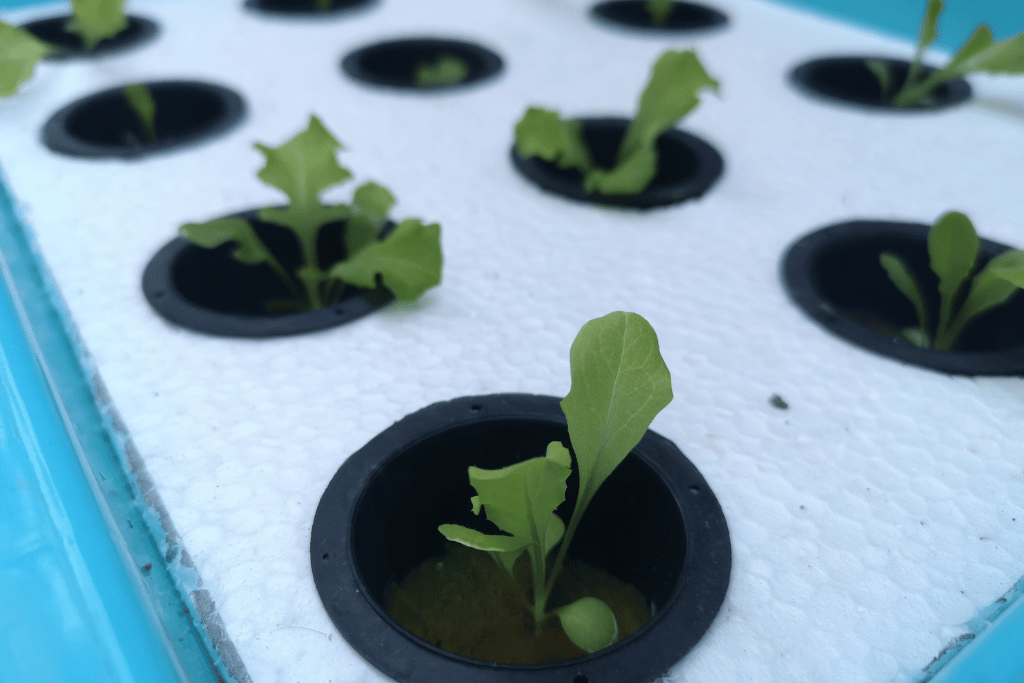
DWC systems are the perfect choice for a variety of flourishing blooming plants, such as hydrangeas and hibiscus. These simple yet effective systems suspend your plants above the water level with their roots submerged in nutrient-rich liquid. An air pump supplies oxygen to the roots which ensures strong growth and safeguards against root rot. With DWC systems you can hydrate your beautiful flowers with ease!
2. Drip Irrigation:
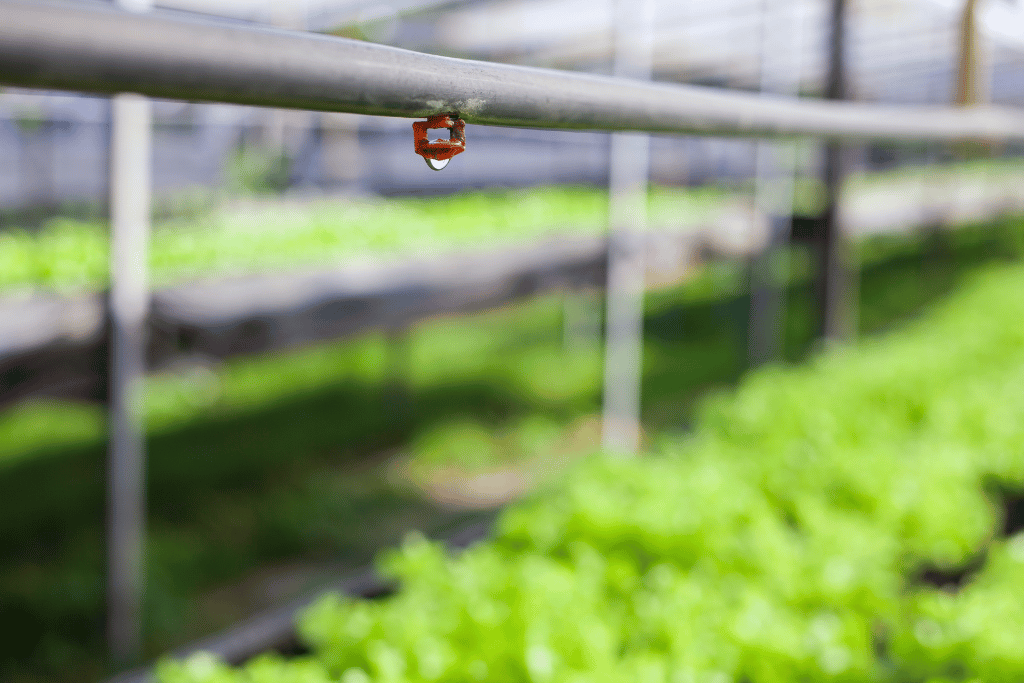
With a drip irrigation system, nutrient-rich water is dispersed throughout the garden via tubing and emitters. This efficient mechanism provides optimal hydration for blossoming plants like petunias and marigolds that thrive in consistent levels of moisture.
3. Nutrient Film Technique (NFT):
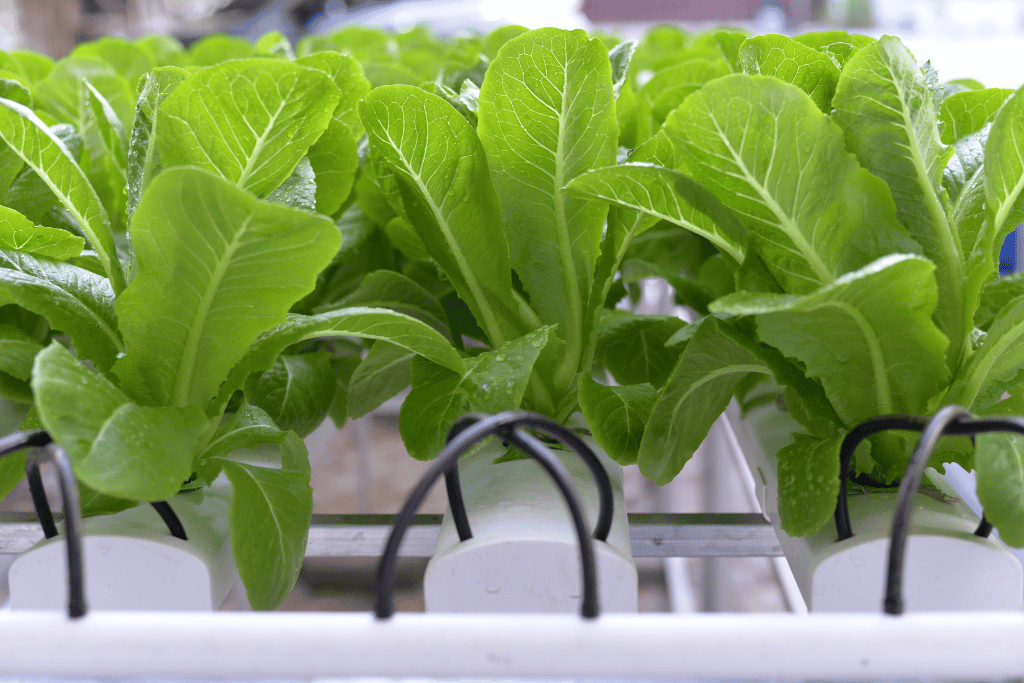
NFT systems are the perfect setup for oxygen-loving plants like orchids and roses. Instead of being planted in soil, these flowers can be suspended in a shallow tray with a thin film of nutrient-rich water flowing over their roots. This method supplies both nourishment and air directly to where your plant needs it most – its delicate root system!
4. Aeroponics:
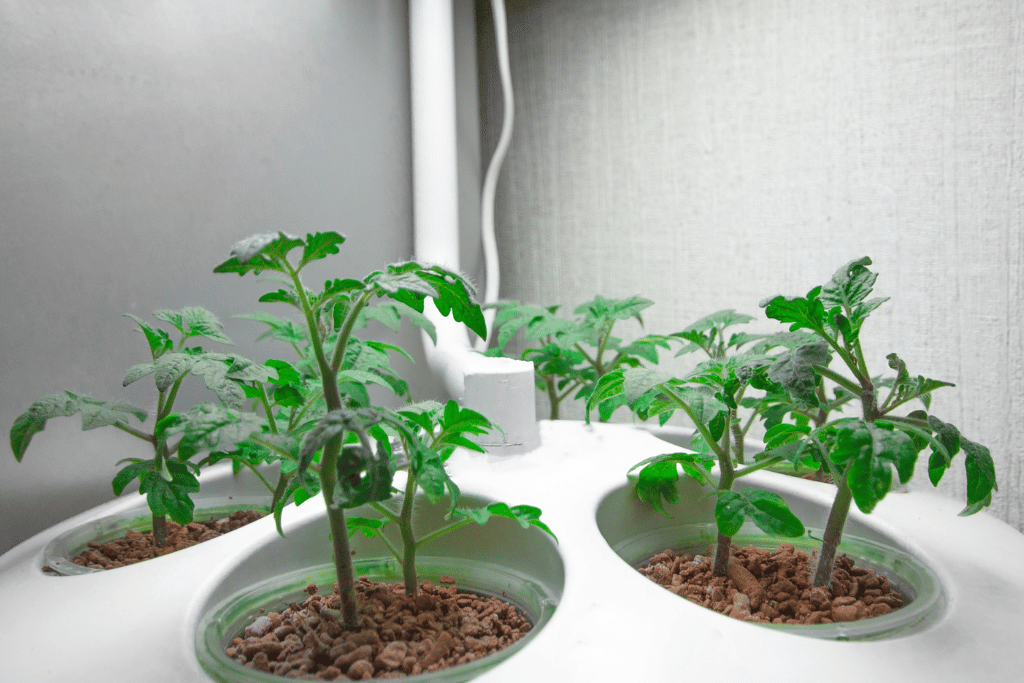
Aeroponic systems provide the perfect environment for flowers, such as geraniums and begonias, that require plenty of oxygen around their roots. In this system, plants are suspended with nutrient-rich water being misted over their roots – providing both oxygen and vital nutrients to promote vigorous growth and plentiful yields.
When establishing your hydroponic system for flowering plants, it is essential to pick the most suitable size and type of setup based on the area you are working with and how many plants you plan to cultivate. In order to guarantee best growth as well as health of your hydroponic flowers, remember to vigilantly watch over and adjust the nutrient solution levels, pH levels along with other environmental aspects.
To put it simply, hydroponic systems are an incredibly productive and efficient way to cultivate beautiful blooms that thrive. With the ideal system and growing environment, you can treat yourself to a lavish display of stunning flowers year round!
Now that we have a clear understanding of the various types of hydroponic systems, let’s move forward and learn what flowering plants are best for hydroponic growing?
7 Best Flowering Plants for Hydroponic Planter
Hydroponics can be the ideal grounds for cultivating some of the most vivid and gorgeous blooming plants. Here, we’ll explore 10 of these best flowering plants for hydroponic planters – along with their growing needs and optimum conditions required to thrive.
1. Orchids
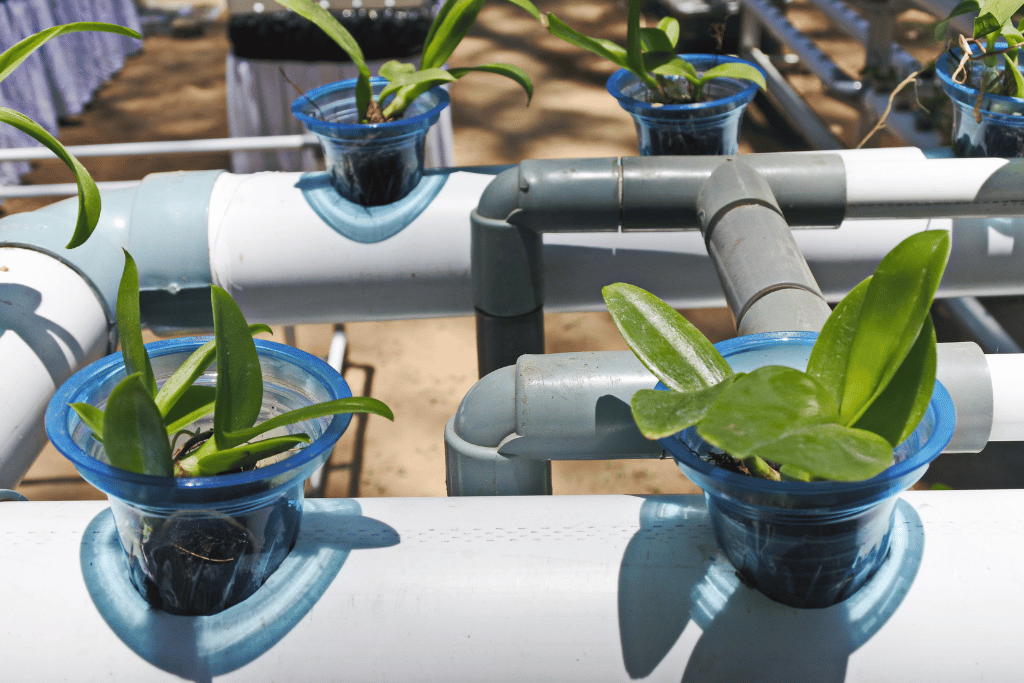
Orchids are a stunning species that can be discovered all across the tropics, from Asia, Australia to South America. What is fascinating about orchids is their epiphytic nature which allows them to attach themselves onto other plants and surfaces without causing any damage. The beauty of these flowers comes in an array of vivid colors and shapes; some varieties even boast large blooms with impressive hues while others create clusters of captivating petite florets!
Orchids, belonging to one of the world’s largest families of flowering plants with over 25,000 species, are renowned for their graceful stems and intricate blooms that come in an array of breathtaking colors – white, pink, red and purple. Furthermore these extraordinary beauties boast a unique symbiotic relationship with certain fungi which allows them to gather nourishment from their surroundings.
How to grow hydroponically:
To cultivate orchids in a hydroponic system, it is essential to select one that enables ample air flow and oxygen around the roots. Nutrient Film Technique (NFT) and Aeroponic systems are excellent for growing orchids; start with an immature plant, then put it into a net pot filled with clay pellets or coconut coir as your medium of growth. Ensure that the nutrient solution’s pH value remains consistent between 5.5 – 6.4 whilst maintaining temperatures from 60°F – 80°F for best results!
2. Geraniums
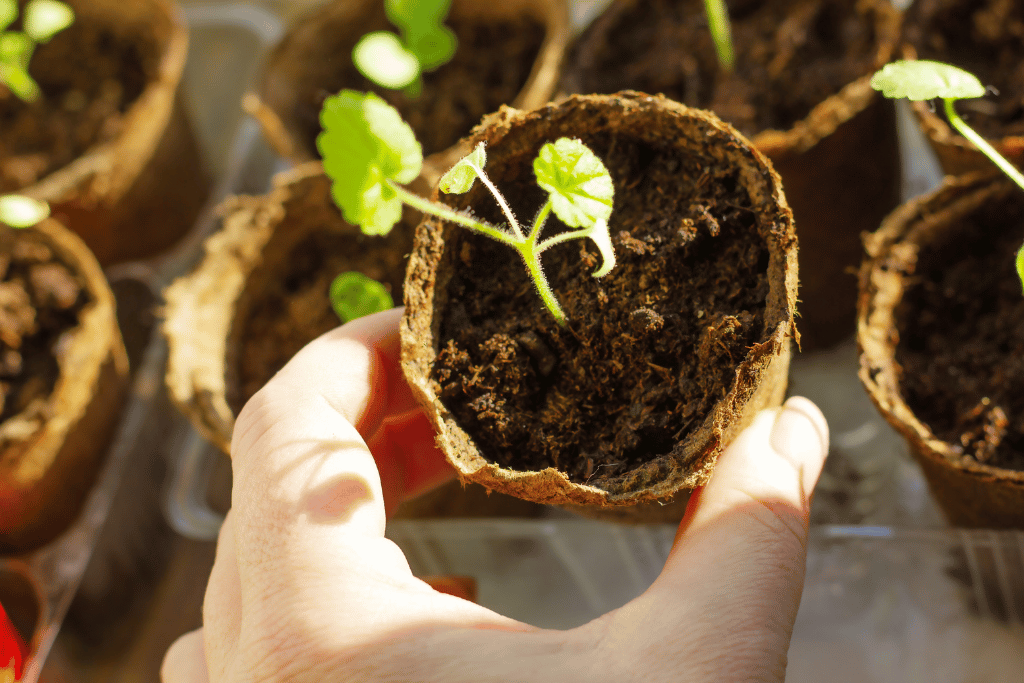
For those seeking captivating blooms in a range of colors and sizes, geraniums are the ideal choice! These popular flowering plants will reach heights up to two feet tall and produce beautiful five-petal flowers that bloom in shades of pink, red, white or purple. Although they flourish when exposed to bright light, they can also tolerate dimmer conditions; additionally these resilient plants thrive when temperatures remain between 65°F and 75°F.
How to grow hydroponically:
Geraniums are the ideal choice for hydroponic cultivation, since they don’t need soil and can access a full range of nutrients from nutrient solutions. Furthermore, deep water culture (DWC) is the perfect medium to use with geraniums; an aerated solution in a shallow tray submerges their roots while supplying them with all necessary nourishment.
To raise the perfect geraniums, start with cuttings and nurture them in a Deep Water Culture (DWC) system for 3-4 weeks prior to transplanting into larger containers. Remember that optimal pH levels lie between 6.0 and 6.5 – so be sure to keep an eye on your plants’ conditions and adjust accordingly! Furthermore, make it a point to give each of your flowers plenty of sunshine, moisture, as well as nutrients; this way you can ensure they stay in bloom until their life cycle expires naturally.
3. Petunias
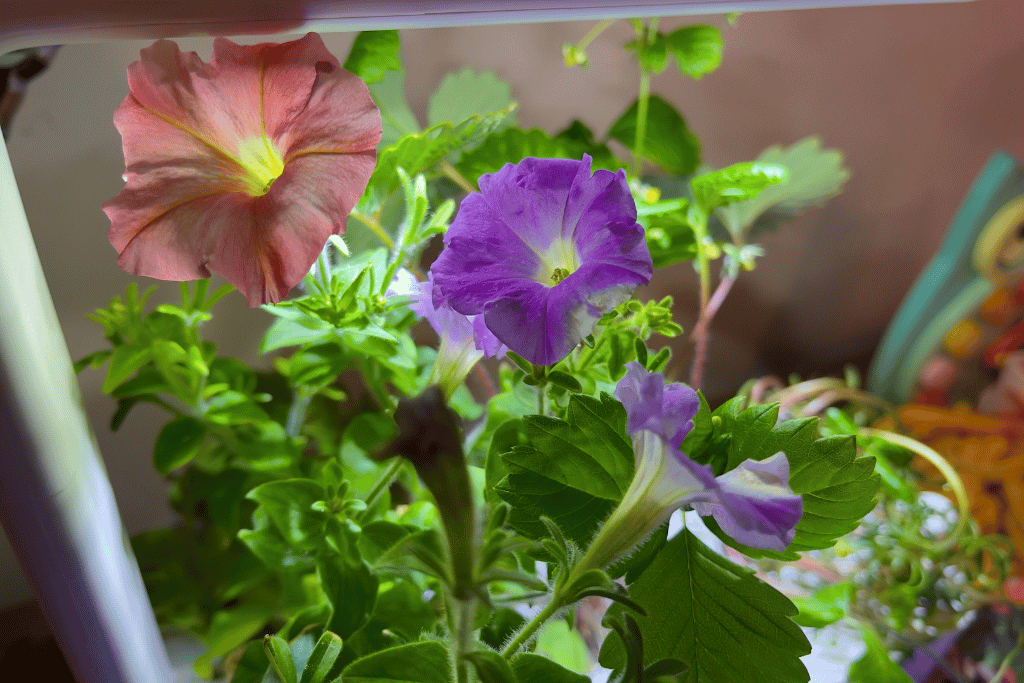
Petunias, originating from South America, are vibrant flowering plants that come in an array of colors such as pink, white, yellow, purple and blue. These lovely flowers form clusters of trumpet-shaped blooms up to 8 inches long! To thrive and look their best for the season ahead, petunias prefer a bright environment with temperatures ranging between 65°F – 80°F.
How to grow hydroponically:
For this flowering plant to thrive, an aeroponic system is the optimal hydroponic method. Weekly water changes ensure that oxygen reaches the roots and adequate fertilizer should be applied when needed in order to maintain healthiness of growth.
For better growth, ensure to check the pH level of your nutrient solution regularly and adjust it between 5.5 and 6.2. They need ample sunlight too – at least 6 hours each day – in either static or moving systems.
4. Marigolds
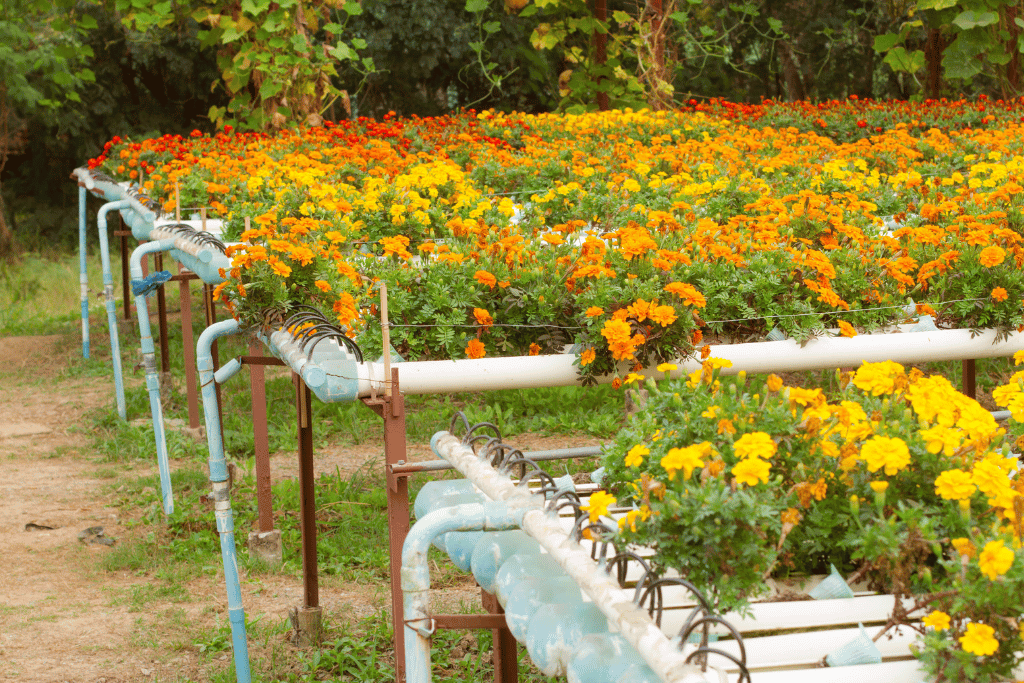
Marigolds are a gardener’s dream come true! This remarkable flower can be found in countless colors – from fiery orange and intense yellow to gentle white, even boasting bicolor petals at times. Not only stunningly beautiful, they could not be easier to grow; all marigolds need is some sunshine and well-drained soil. In addition, these blooms bring wonderful benefits to the environment: bees and butterflies flock joyfully around them while their strong scent repels pesky pests away from your garden!
How to grow Hydroponically:
Growing marigolds through a hydroponic method is a breeze! For the best results, opt for either deep water culture or aeroponic systems. Rockwool cubes create an ideal environment to germinate the seeds and provide them with nourishment; be sure to use a nutrient solution specifically formulated for flowers and vegetables.
To foster the most successful hydroponic garden, maintain a temperature of 60 – 70ºF and provide 12-16 hours of artificial light daily. Additionally, prune your marigolds regularly for robust blooms. The pH should remain between 5.8 – 6.5 to guarantee optimal growth and development.
5.Peace lily:
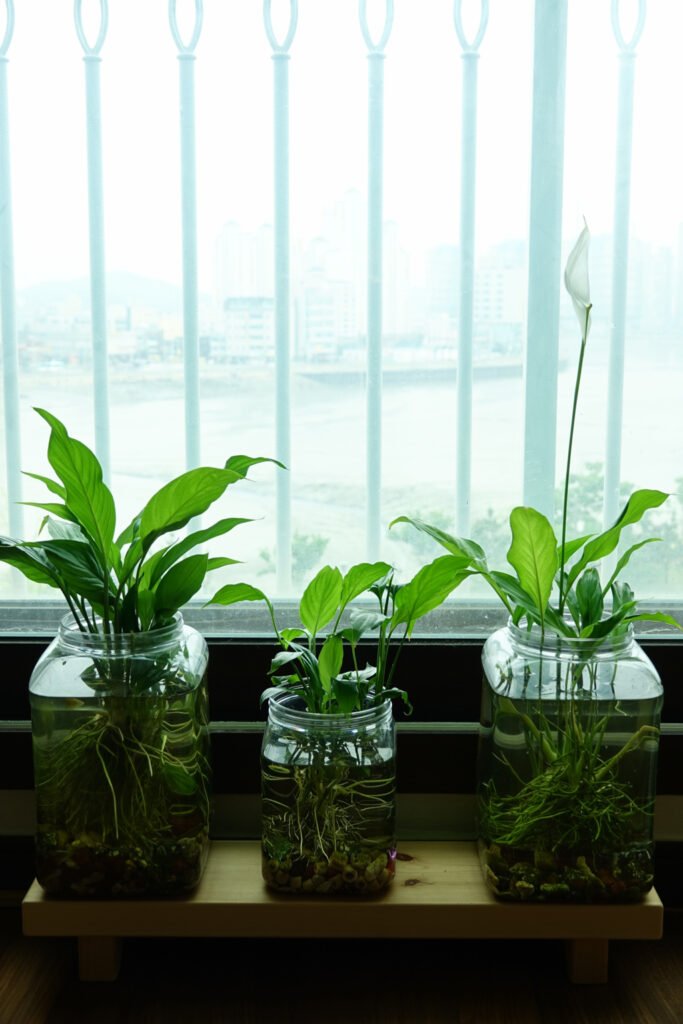
The stunning peace lily is an excellent choice for hydroponic growing, given its preference for warm and moist conditions. Not only can it be planted in aeroponics systems, but other soilless cultures like coco-coir or rockwool are perfect environments as well.
The peace lily is a beautiful flower with its verdant foliage and pristine blooms, making it an ideal decoration for any home or office. Not only does it add aesthetic appeal to the area, but it also purifies the air around you!
How to grow hydroponically:
Hydroponic gardening can be incredibly beneficial for peace lilies, giving them the perfect environment to flourish. To get started with a system, you’ll need nutrient-rich water and plentiful light exposure. Position your peace lily in a net pot above the reservoir of hydroponics water filled with nutrients and make sure that it’s between 65-85°F degrees at all times. Finally, provide plenty of sunshine or grow lights to ensure its success.
Peace lilies flourish in humid environments, so give your plants a spritz of water from time to time. Feed them fertilizer every fortnight and keep an eye out for any signs of nutrient deficiency.
6. Impatiens:
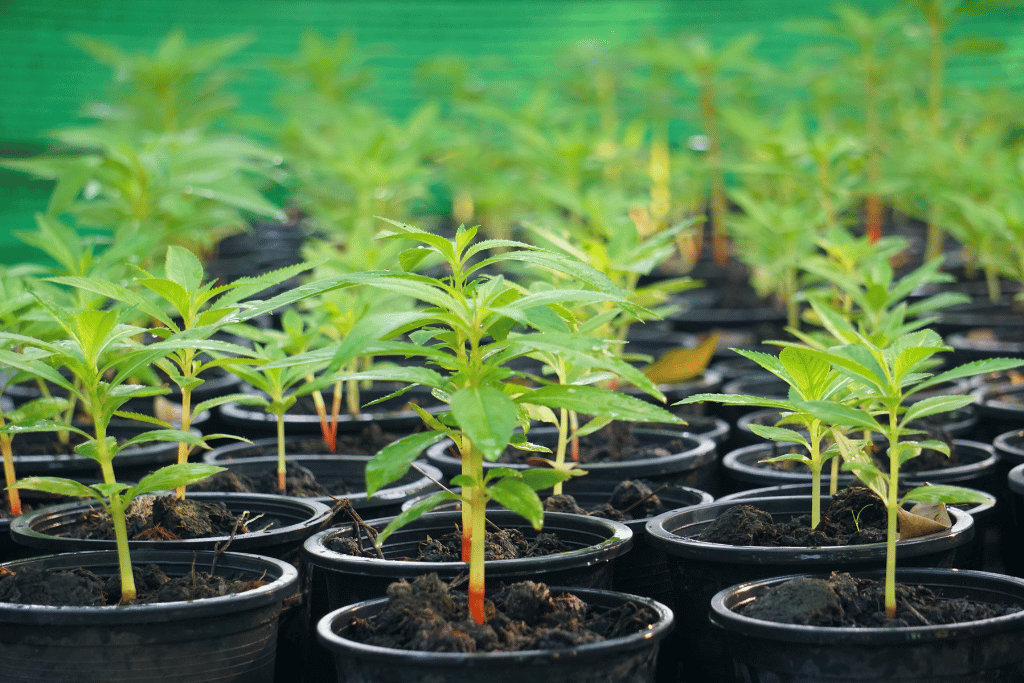
Impatiens are the ideal flower for hydroponic growing, since they thrive in humid climates and require ample amounts of light. With a plethora of shades such as pink, red, white, and orange available to choose from- you’re sure to find colors that will complement your garden!
How To Grow Hydroponically:
To cultivate impatiens through a hydroponic system, use a nutriment-rich solution and an elevated medium such as Styrofoam or expanded clay pellets. Place your hydroponics in an illuminated environment – not directly exposed to the sun’s rays – for optimal results.
Once the setup is complete, it’s important to replenish your nutrient solution every two weeks for optimal plant health. Additionally, you should measure and adjust pH levels of your tank as needed to ensure successful growth. When impatiens reach their peak maturity – usually 8-10 weeks after planting – they are ready to be harvested!
7. Freesia
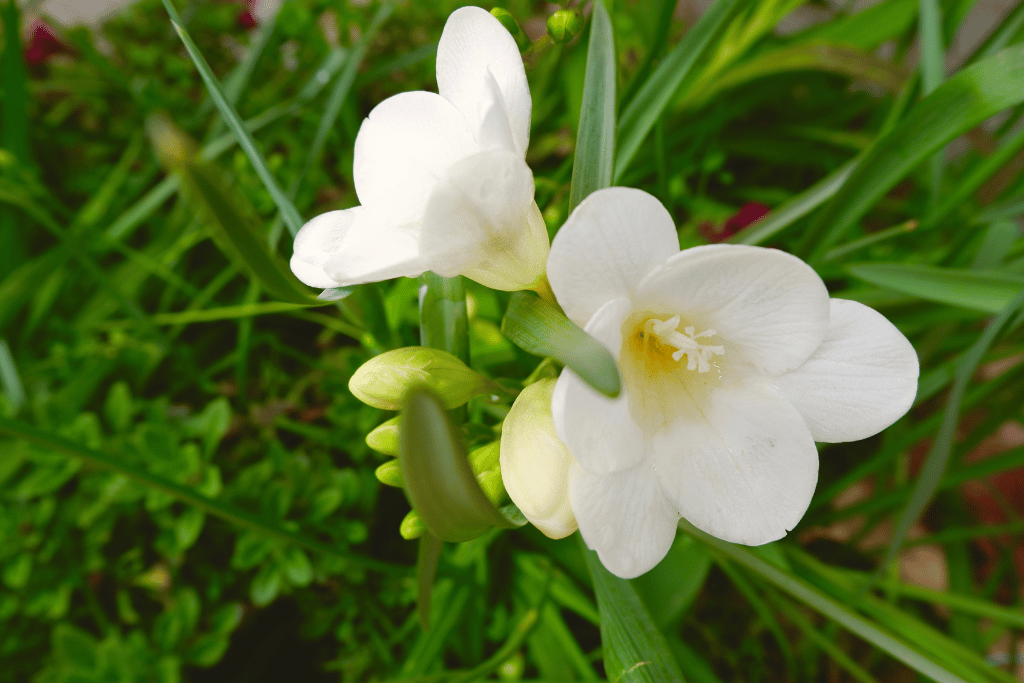
Grown natively in South Africa, these delightful and vibrant flowers are a breeze to cultivate hydroponically. From pink to yellow, red and purple, their colors will certainly add life to your garden! Even better – they don’t need any extra nutrients or special environment, making them the perfect addition for your successful hydroponic system.
How to grow hydroponically:
To thrive, Freesia needs to be grown in a floating raft system. Select an oval-shaped Styrofoam raft that is at least fifteen inches in diameter. Then fill up the vase with nutrient-rich water and secure short-term grow plugs on its surface for optimal growth potential.
Plant Freesia seeds or bulbs halfway into each plug, and then set the raft in a sunny spot with indirect sunlight. Check your water levels daily to prevent them from dropping too low. In only two weeks you’ll start to see sprouts emerging through the plugs – an exciting moment of anticipation!
After your Freesia has established an abundance of foliage, swap to a nutrient solution with less nitrogen. Make sure adequate air circulation is maintained and wait until the flowering stage which could take up to three weeks.
What do you Need For a Hydroponic System?
To build a successful hydroponic system, you need specific tools – here’s what you’ll need:
Can You Grow Edible Flowering Plants With Hydroponics?
Absolutely! Hydroponic gardening offers an ideal and controlled environment with precise nutrient and water delivery, thus producing high quality edible flowers in abundance. Growing vegetables through hydroponics is not only achievable but also highly recommended for its guaranteed yields of flavorful blooms.
Calendula:
Calendula, a vivid yellow or orange flower with a hint of bitterness, is an exquisite addition to any salad, soup and even as garnish. Its unique flavor brings out the best in your favorite dishes making it perfect for any occasion.
Borage:
Borage, with its striking blue flowers, is a popular choice for adding flavor to salads or simply as an eye-catching garnish. The florets boast a sweet, somewhat cucumber-like essence while the foliage has a gentle peppery taste that blends well with other ingredients.
Chamomile:
Chamomile is a fragrant, daisy-like blossom that has been used to brew delightful herbal tea for centuries. Its refreshing taste is reminiscent of apples and pairs perfectly with honey or other sweeteners.
Dianthus:
Dianthus, or sweet William, is a vivid bloom with an alluring flavor – similar to clove and honey. It can be used as a garnish in salads, blended into desserts for extra sweetness, or just enjoyed on its own.
Lavender:
Lavender is an enchanting flower that can be used to add flavor and aroma to a variety of dishes, from cookies and cakes to sauces or teas. It has a subtle sweetness complemented by delicate hints of mint and rosemary.
Pansies:
Pansies are succulent edible blooms that can be cultivated in hydroponic systems. With a delicate and slightly sweet taste, they make the perfect addition to salads and desserts or as an appetizing garnish.
Frequently Asked Questions (FAQ)
How long does it take for a tomato flower to grow hydroponically?
Depending on the variety, tomatoes grown through hydroponics blossom in as little as six weeks or can take up to eight weeks.
How much hydroponic water does a flowering marijuana plant drink per day?
To ensure your marijuana plants remain in optimal health, it is recommended that you provide them with one gallon of water 1-2 times daily. However, the precise quantity needed may vary depending on what kind of plant and medium you are using as well as their size.
Why adding sucrose to hydroponics during flowering is a good idea?
Maintaining ideal pH levels in hydroponic solutions is essential for reducing stress and promoting successful flowering, which Sucrose can help to achieve. In addition, this simple sugar provides the carbohydrates necessary for effective blooming that otherwise may not be available.
What is the best pH level for hydroponic cannabis flowering?
For the ultimate growth and potency of your hydroponic cannabis, keep pH levels between 5.8-6.2 during flowering – however small deviations are acceptable depending on individual plant’s preferences for nourishment! Remember to monitor pH levels consistently in order to guarantee that plants receive ideal nutrient levels.



